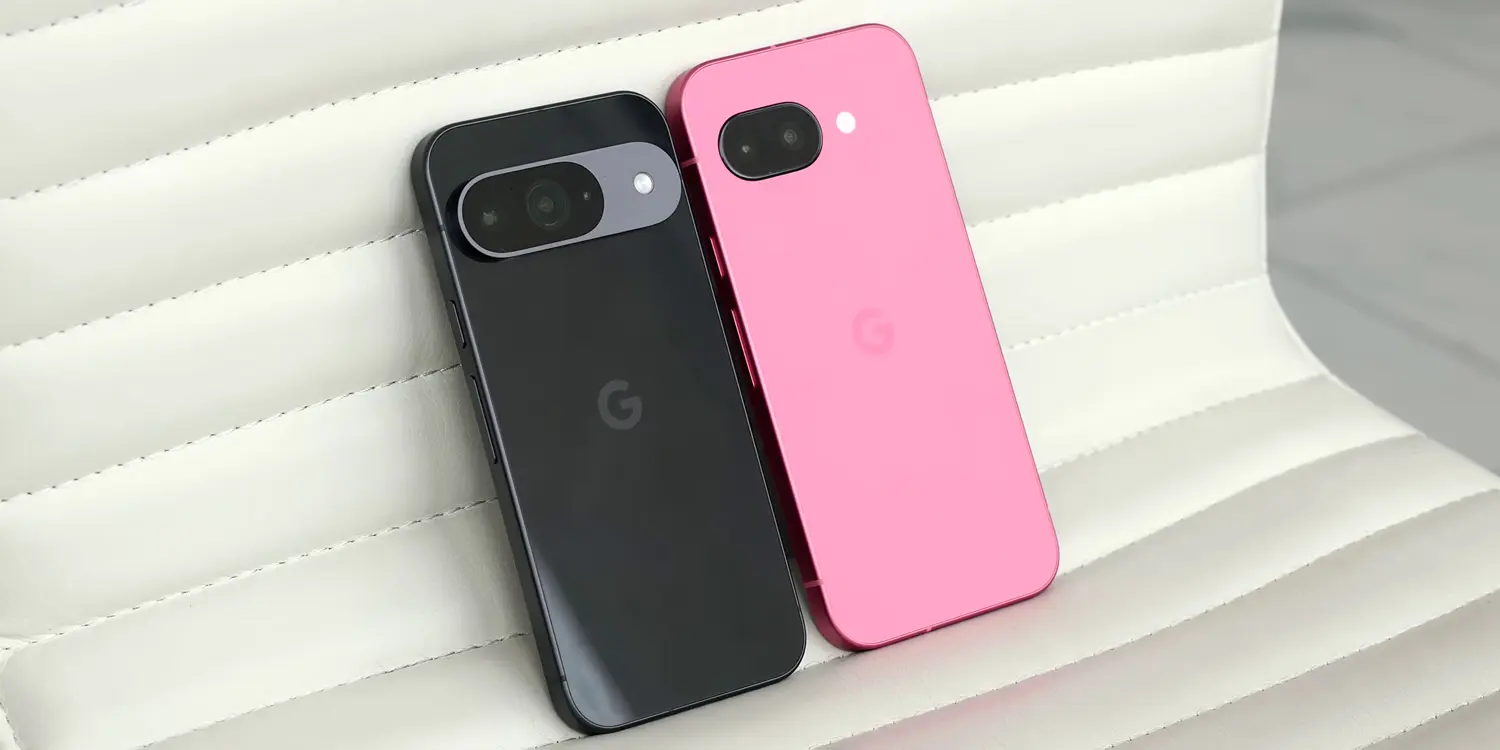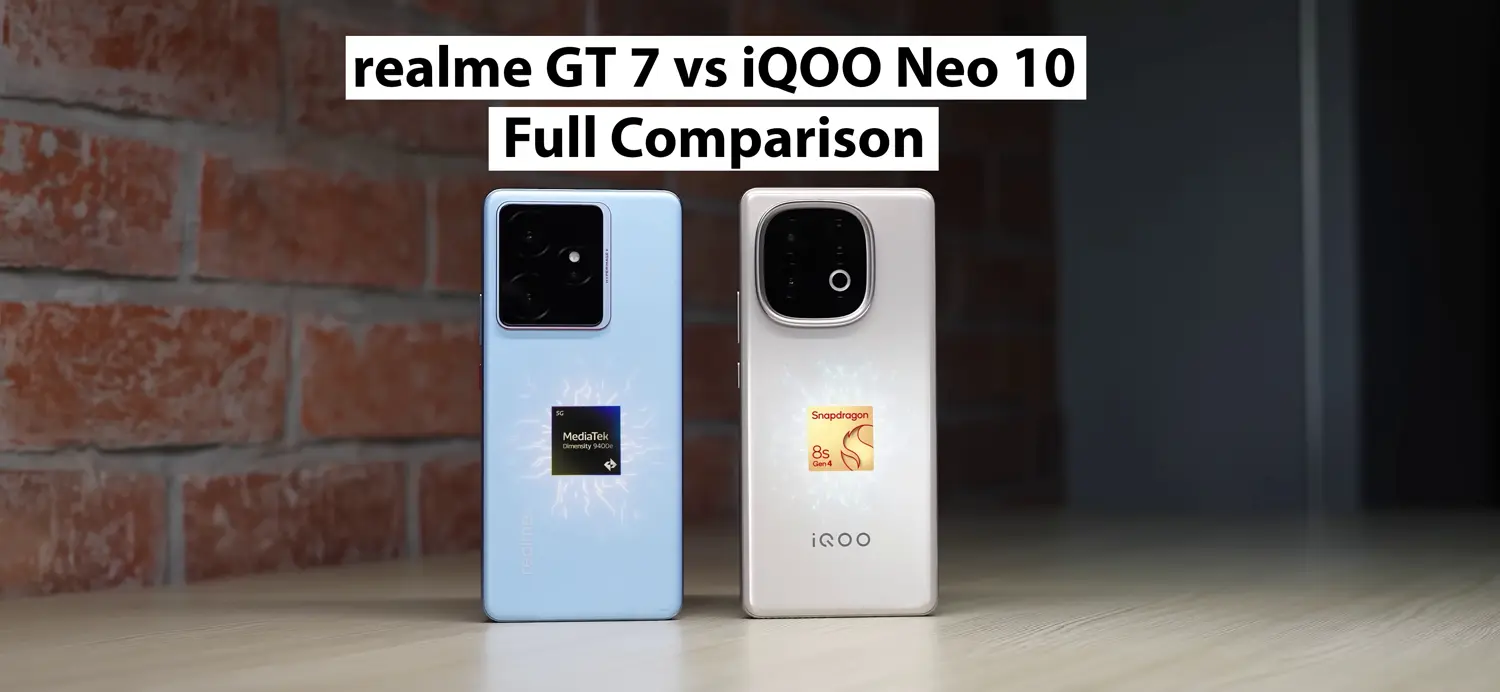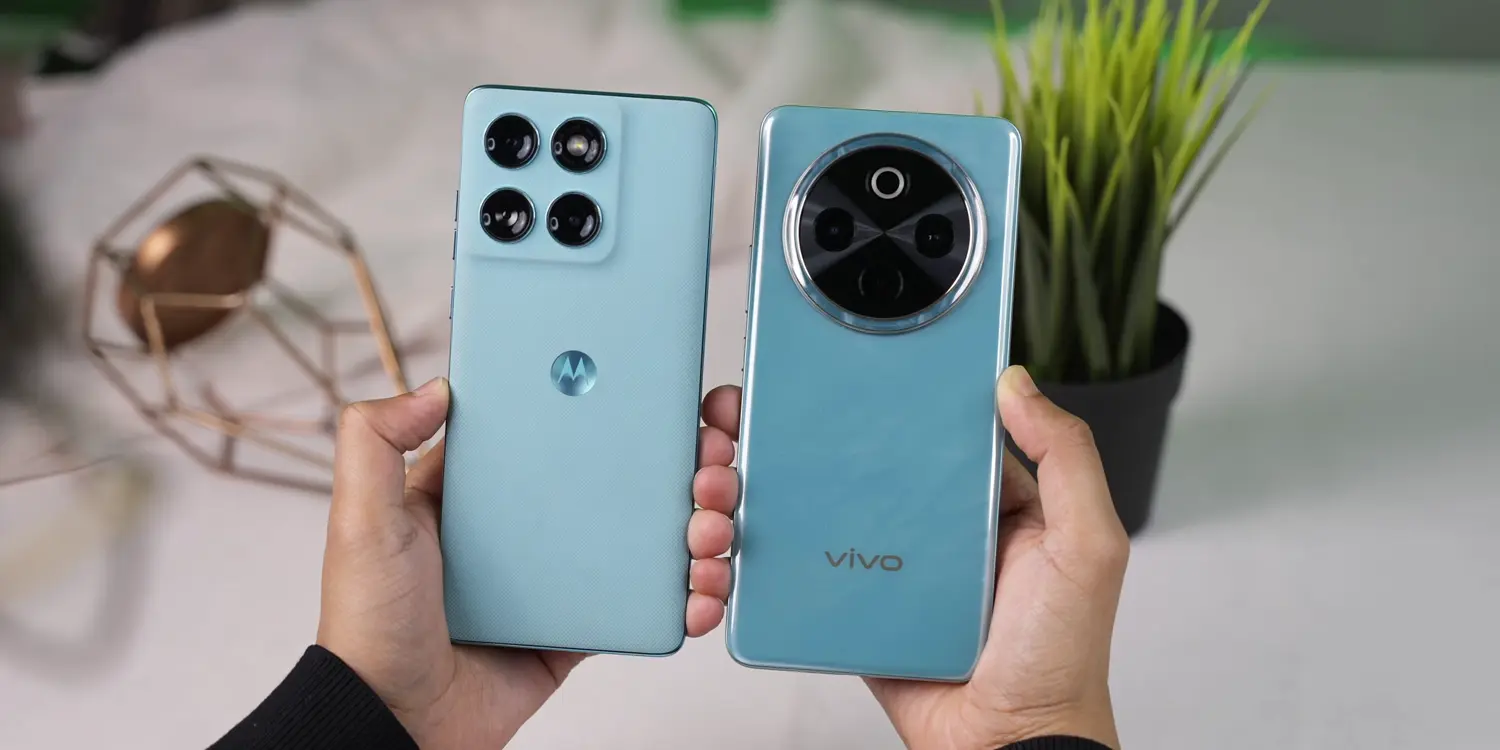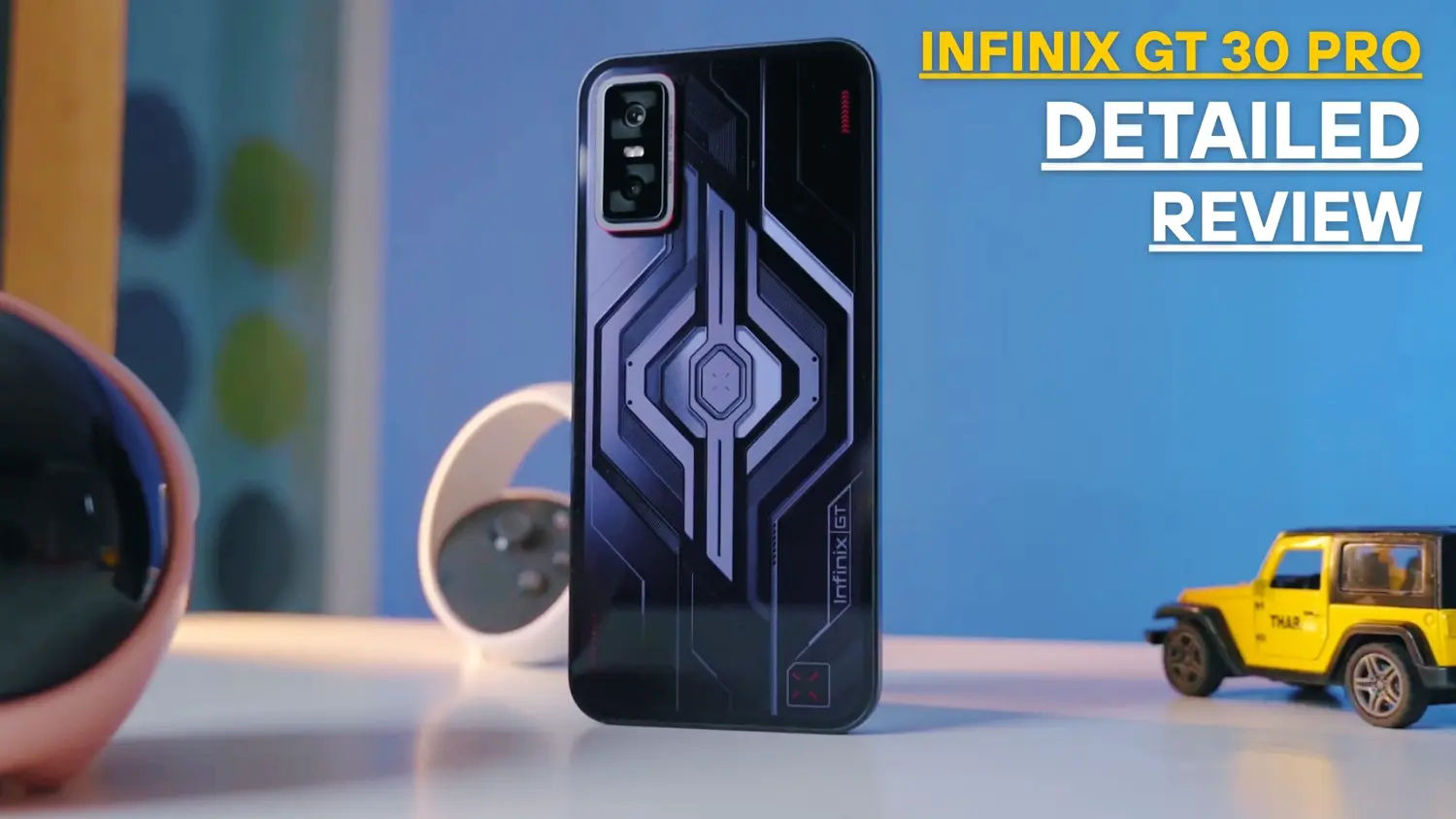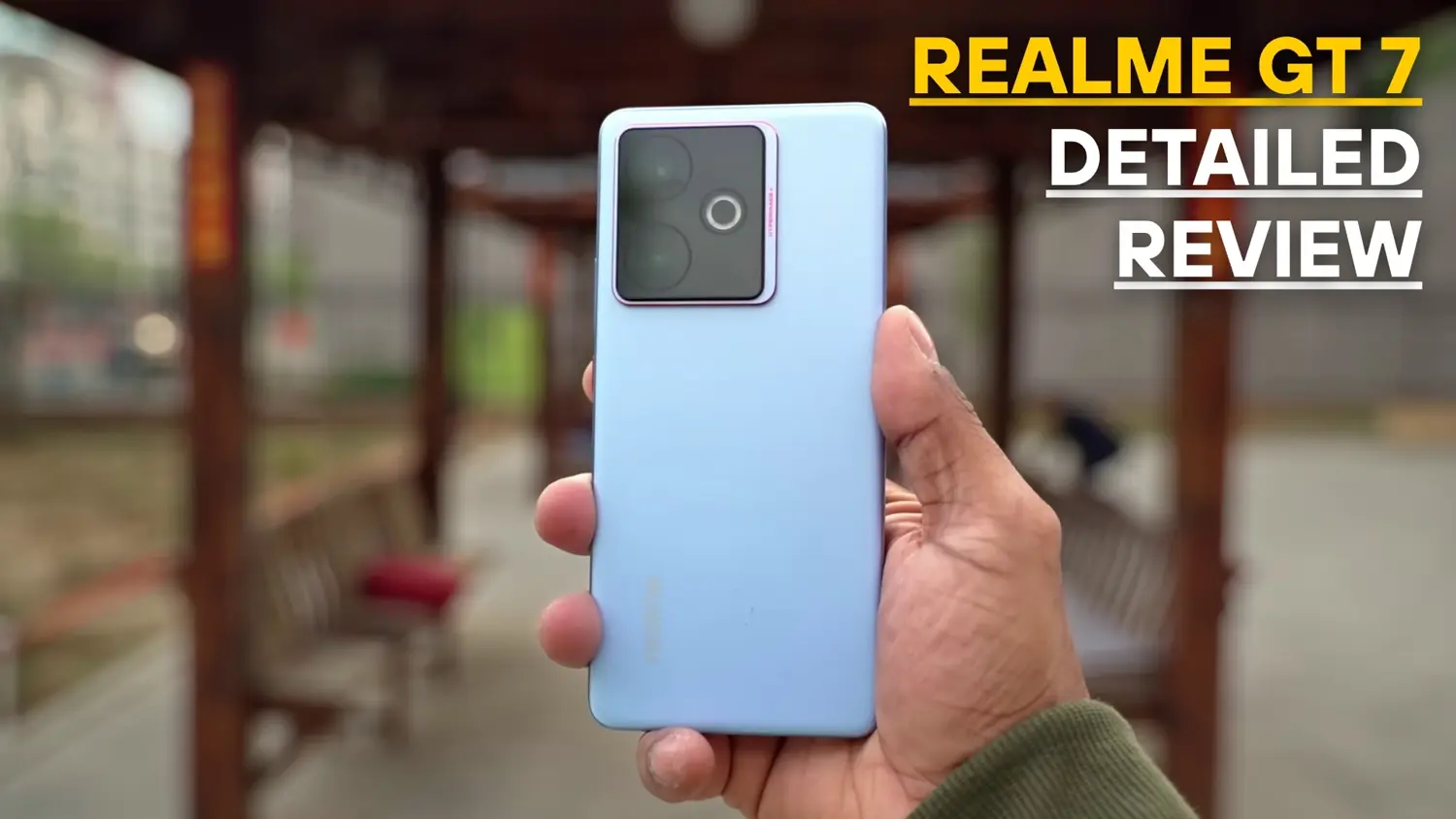The Google Pixel series has always been a favorite for Android fans, offering clean software, great cameras, and smart AI features. In 2025, Google launched the Pixel 9a alongside the Pixel 9, creating a tough choice for buyers. The Pixel 9a, priced at $499 (around ₹49,999 in India), is marketed as a budget-friendly option, while the Pixel 9, at $799 (around ₹74,999), is the premium base model. Both phones share many similarities, but there are key differences that might affect your decision. If you’re wondering which one is worth your money, this article breaks down their design, performance, cameras, battery life, and more to help you decide.
Design and Build Quality
Both the Pixel 9a and Pixel 9 follow Google’s modern design language with flat screens, flat side edges, and rounded corners, making them look sleek and premium. However, there are noticeable differences in their appearance and feel.
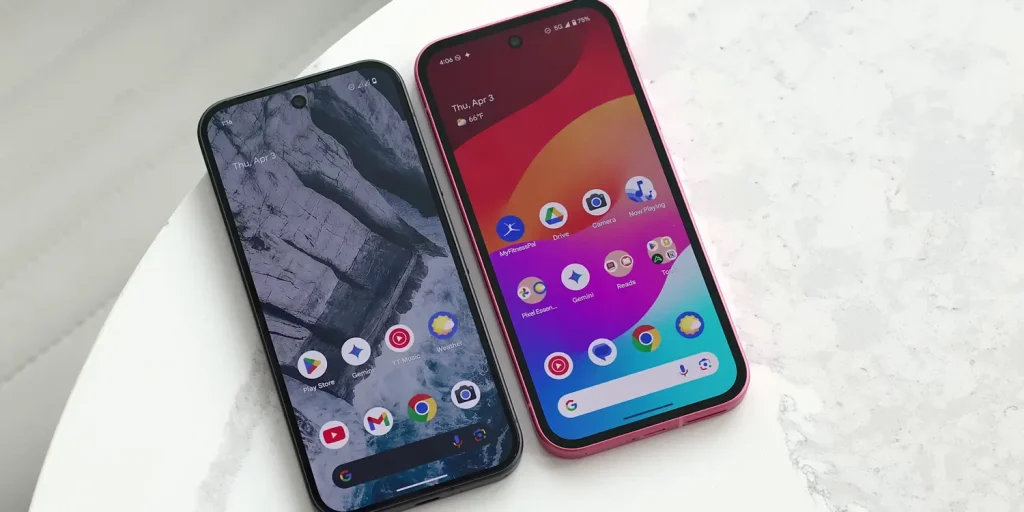
Pixel 9a: Sleek and Minimalistic
The Pixel 9a introduces a fresh design by removing the iconic camera bar that has defined Pixels since the Pixel 6. Instead, it has a nearly flush dual-camera module that barely protrudes, giving the phone a clean, flat back. This makes it easier to slip into your pocket and prevents wobbling when placed on a table. The phone measures 6.1 x 2.9 x 0.4 inches (154.7 x 73.2 x 8.9 mm) and weighs 186 grams, making it slightly taller and lighter than the Pixel 9.
The Pixel 9a uses a plastic back with a matte finish, paired with an aluminum frame. It comes in four colors: Iris (lavender), Obsidian (black), Peony (pink), and Porcelain (white). The matte finish feels nice to hold, resists fingerprints, and gives the phone a premium look despite the plastic material. However, it uses Gorilla Glass 3 for the front, which is less durable against scratches and drops compared to the Pixel 9’s glass.
Pixel 9: Premium and Bold
The Pixel 9 retains the signature camera bar, a metal strip that stretches across the back, housing its cameras. This bold design choice makes the Pixel 9 stand out but adds a slight protrusion, which might not be as pocket-friendly as the 9a. The phone is slightly smaller and heavier, measuring 6.0 x 2.8 x 0.3 inches (152.8 x 72.0 x 8.5 mm) and weighing 198 grams.
The Pixel 9 feels more premium with Gorilla Glass Victus 2 on both the front and back, paired with an aluminum frame. It has a glossy finish, available in Obsidian, Peony, Porcelain, and Wintergreen (green). The glossy back is prone to fingerprints, but the premium materials make it more durable. Both phones are IP68-rated for water and dust resistance, so you don’t have to worry about spills or rain.
Which One Feels Better?
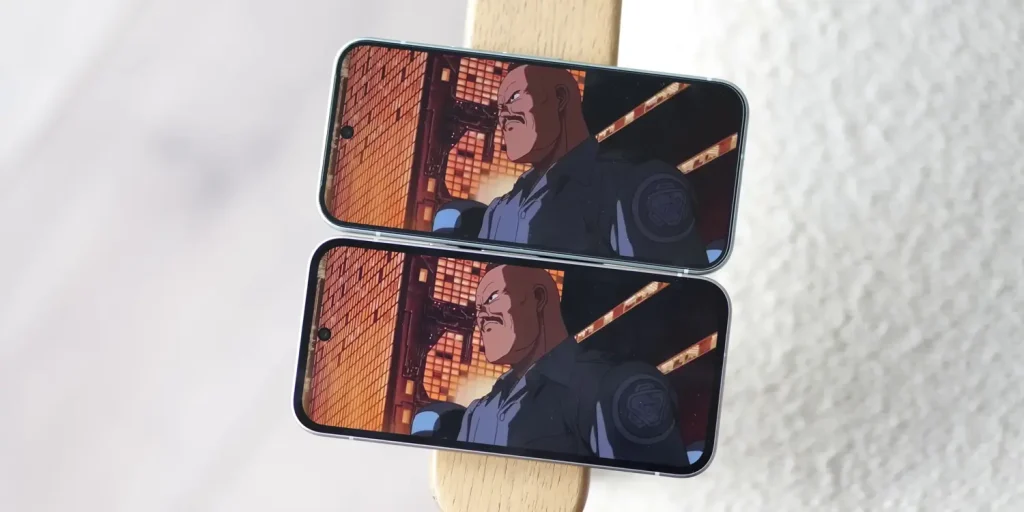
If you prefer a sleek, lightweight phone with a minimalistic design, the Pixel 9a is a great choice. Its flat back and matte finish make it comfortable to hold, especially without a case. However, if you want a more premium build with a distinctive look, the Pixel 9’s camera bar and glass back give it an edge, though it’s slightly heavier.
Display Quality
Both the Pixel 9a and Pixel 9 come with identical 6.3-inch OLED displays, offering a resolution of 2,424 x 1,080 pixels, a 120Hz adaptive refresh rate, and a peak brightness of 2,700 nits (1,800 nits for HDR). This makes them sharp, vibrant, and smooth for scrolling, gaming, and watching videos.
Pixel 9a: Bright but with Thicker Bezels
The Pixel 9a’s display is a step up from its predecessor, the Pixel 8a, which had a 6.1-inch screen with 2,000 nits brightness. The larger, brighter screen is great for outdoor use, even in direct sunlight. However, the 9a has thicker bezels around the screen, which might make it look slightly less premium compared to the Pixel 9. The Gorilla Glass 3 protection is functional but less resistant to scratches.
Pixel 9: Slim Bezels for a Premium Look
The Pixel 9’s display is identical in specs but has slimmer bezels, giving it a more modern and immersive look. The Gorilla Glass Victus 2 offers better protection against drops and scratches, making it a safer choice for long-term use. The screen performs equally well outdoors, with excellent color accuracy and smoothness.
Display Verdict
Since both phones have the same display specs, the choice comes down to aesthetics and durability. The Pixel 9’s slimmer bezels and tougher glass make it feel more premium, but the Pixel 9a’s screen is just as capable for everyday use.
Performance and Software

Performance is a key factor when choosing a smartphone, and both the Pixel 9a and Pixel 9 are powered by Google’s Tensor G4 chipset, ensuring smooth operation for daily tasks, gaming, and AI features.
Pixel 9a: Solid but Slightly Limited
The Pixel 9a comes with 8GB of RAM and storage options of 128GB or 256GB. In benchmark tests, it scores close to the Pixel 9, with 1,704 (single-core) and 4,425 (multi-core) on Geekbench 6. For most users, this means fast app launches, smooth multitasking, and decent gaming performance on medium settings. However, the 8GB RAM limits some AI features, as it runs a scaled-down Gemini Nano XXS model, supporting only text-based processing.
The Pixel 9a ships with Android 15 and offers seven years of OS updates, security patches, and Pixel Feature Drops, ensuring it stays up-to-date until 2032. It includes AI features like Add Me, Best Take, Magic Editor, and Pixel Studio, but misses out on Pixel Screenshots and Call Notes due to the lower RAM.
Pixel 9: More Power for AI
The Pixel 9 has 12GB of RAM, giving it an edge for multitasking and AI-heavy tasks. It scores slightly higher on Geekbench 6 (1,742 single-core, 4,573 multi-core), but the difference is barely noticeable in daily use. The extra RAM supports the full Gemini Nano XS model, enabling features like Pixel Screenshots and Call Notes, which are great for organizing screenshots and transcribing calls.
Like the 9a, the Pixel 9 runs Android 15 with the same seven-year update promise. It also supports Wi-Fi 7 (vs. Wi-Fi 6E on the 9a) and mmWave 5G for faster connectivity, though these may not matter unless you’re in a supported area.
Performance Verdict
For most users, the Pixel 9a’s performance is more than enough, especially at its price. However, if you want the full range of AI features or plan to multitask heavily, the Pixel 9’s extra RAM and connectivity options make it a better choice.
Camera Capabilities
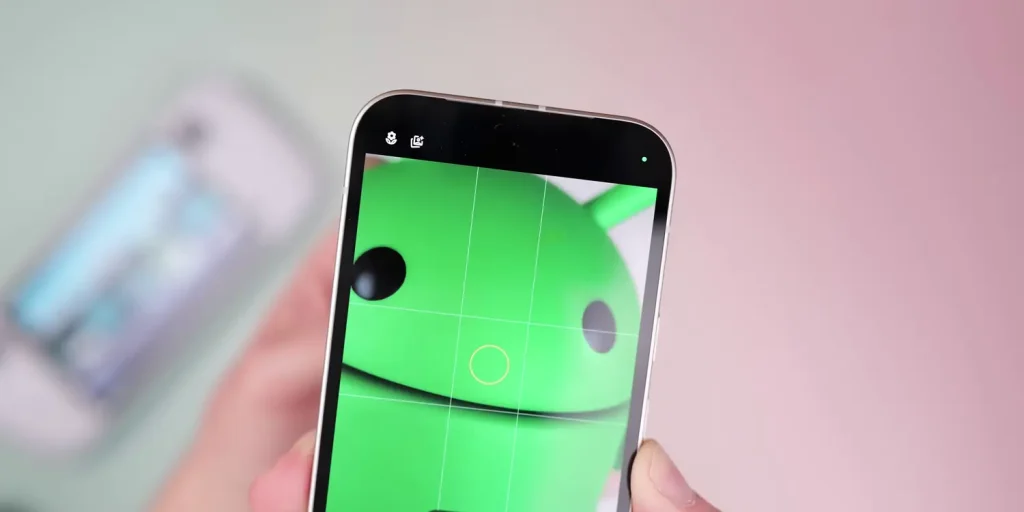
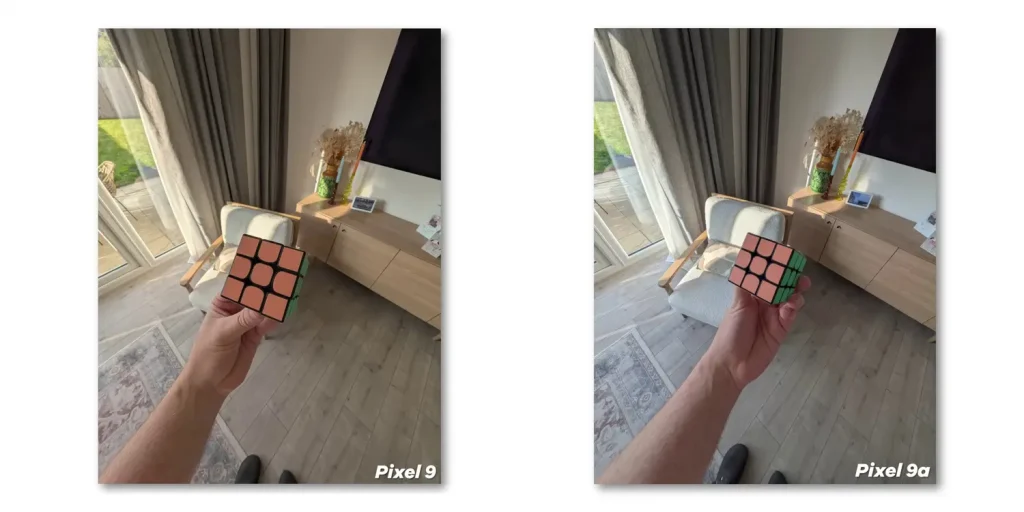




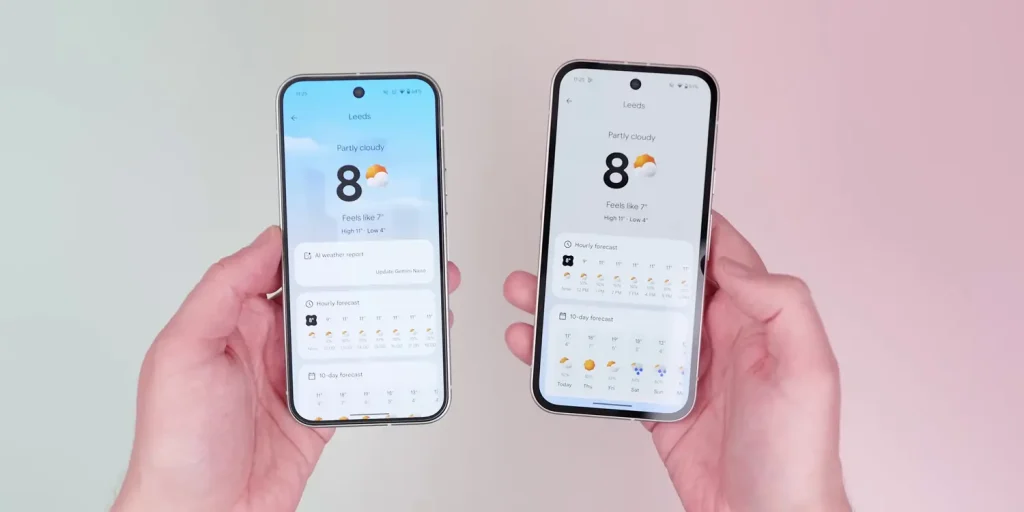
Google Pixels are known for their cameras, and both the 9a and 9 deliver impressive results, though the Pixel 9 has a slight edge.
Pixel 9a: Great for the Price
The Pixel 9a features a 48MP main camera with optical image stabilization (OIS) and a 13MP ultrawide camera. The main sensor captures detailed, vibrant photos with Google’s signature contrasty look, performing well in daylight and low light. The ultrawide lens is decent but not as sharp as the Pixel 9’s. The 13MP front camera is solid for selfies and supports 4K30 video.
New for the 9a is Macro Focus, which uses the main camera for close-up shots, though it can struggle with focus at times. AI features like Add Me, Best Take, and Magic Editor enhance the photography experience, but video options are limited to 4K60, with no 10-bit HDR or Cinematic Blur.
Pixel 9: Flagship-Level Photography
The Pixel 9 has a 50MP main camera and a 48MP ultrawide camera, both offering better detail and low-light performance. The ultrawide lens is a significant upgrade over the 9a’s, capturing sharper images with less distortion. The 10.5MP front camera supports 4K60 video, giving it more versatility.
The Pixel 9 includes all the AI features of the 9a, plus additional video options like 10-bit HDR, Cinematic Blur, and Audio Zoom. These make it a better choice for video creators or photography enthusiasts.
Camera Verdict
The Pixel 9a’s cameras are excellent for its price, rivaling many mid-range phones. However, the Pixel 9’s superior ultrawide lens and advanced video features make it the better pick for those who prioritize photography.
Battery Life and Charging

Battery life is a highlight for the Pixel 9a, but the Pixel 9 offers faster charging.
Pixel 9a: Longest-Lasting Pixel
The Pixel 9a packs a 5,100mAh battery, the largest ever in a Pixel phone. In tests, it lasted 13 hours and 15 minutes in a video streaming test, and real-world use suggests up to two days of light use. It supports 23W wired charging and 7.5W wireless charging, which are decent but not the fastest.
Pixel 9: Faster Charging, Smaller Battery
The Pixel 9 has a 4,700mAh battery, lasting 11 hours and 45 minutes in the same test. It’s sufficient for a full day but falls short of the 9a’s longevity. However, it supports 45W wired charging, 15W wireless charging (with Pixel Stand), and reverse wireless charging, making it quicker to top up.
Battery Verdict
If battery life is your priority, read more about the Pixel 9a’s massive battery and impressive stamina make it the winner here. However, the Pixel 9’s faster charging is ideal if you need quick top-ups.
Price and Value
The Pixel 9a starts at $499 (₹49,999 in India) for 128GB, with the 256GB model at $599. The Pixel 9 starts at $799 (₹74,999) for 128GB and $899 for 256GB. The $300 price gap makes the 9a a better value for budget-conscious buyers, offering similar performance, a great camera, and long software support.
Specifications Table
| Feature | Pixel 9a | Pixel 9 |
|---|---|---|
| Price | $499 (128GB), $599 (256GB) | $799 (128GB), $899 (256GB) |
| Display | 6.3-inch OLED, 120Hz, 2,700 nits | 6.3-inch OLED, 120Hz, 2,700 nits |
| Processor | Tensor G4 | Tensor G4 |
| RAM | 8GB | 12GB |
| Storage | 128GB/256GB | 128GB/256GB |
| Main Camera | 48MP | 50MP |
| Ultrawide Camera | 13MP | 48MP |
| Front Camera | 13MP | 10.5MP |
| Battery | 5,100mAh | 4,700mAh |
| Charging | 23W wired, 7.5W wireless | 45W wired, 15W wireless |
| Software | Android 15, 7 years updates | Android 15, 7 years updates |
| Connectivity | Wi-Fi 6E, 5G (sub-6GHz, C-Band) | Wi-Fi 7, 5G (mmWave, sub-6GHz) |
| Weight | 186g | 198g |
| Build | Plastic back, Gorilla Glass 3 | Glass back, Gorilla Glass Victus 2 |
Should You Buy the Pixel 9a or Pixel 9?
Choose the Pixel 9a if:
- You want the best value for money at $499.
- You need long battery life (up to two days).
- You prefer a sleek, lightweight design with a flat back.
- You’re okay with missing some AI features like Pixel
